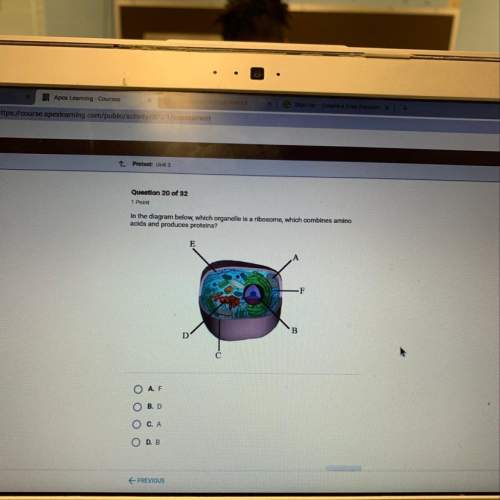
In a population of fruit flies grown in laboratory conditions, a new phenotype arises. Instead of the typical red eyes, a purple-eyed individual is seen. This individual survives to adulthood and is able to mate with other flies. Two students studying the fruit fly population discuss the origin of the purple-eyed fruit fly. One student insists that the fly came from outside of the original fruit fly population. The other student claims that the fly originated from within the laboratory fruit fly population. Which statements defend the claim of student two that the new phenotype originated from within the fruit fly population?
A) Fruit flies with a triploid set of chromosomes can exhibit new traits, such as eye color.
B) Viable errors in DNA replication can lead to genetic changes that result in new phenotypes.
C) Changes to the genome can occur when fruit flies reproduce asexually to form new offspring.
D) Induced mutations occur in the genome when the DNA is exposed to radiation or other mutagens.
E) Chromosomal changes occur in sexually reproducing populations when homologous chromosomes pair up in meiosis.

Answers: 2


Another question on Biology

Biology, 21.06.2019 16:00
This is a coral reef ecosystem. many biotic and abiotic factors affect the health of this ecosystem. which set correctly pairs a biotic factor and an abiotic factor?
Answers: 1

Biology, 21.06.2019 22:30
Last week i was assigned a thematic. we have groups of three but the people i was assigned with haven't been in school for days. i would appreciate if anyone can me with my thematic . i highlighted most of the important steps and i circled my thematic topic. in desperate need : ( its due on february 19
Answers: 1

Biology, 22.06.2019 00:00
As a small change in a person's dna can cause a genetic disorder
Answers: 3

Biology, 22.06.2019 00:30
On a recent expedition to a remote region of northern canada, scientists uncovered skeletal remains from about 100,000 years ago. surprisingly, all the skeletal remains, which included many species from differing biological families and spanned about two thousand years, showed evidence of experiencing temperatures in excess of 1000 degrees fahrenheit (or 538 degrees celsius). which of the following, if true, best explains the apparent paradox between the cold environment and the evidence of the bones experiencing hot temperatures? (a) chemical changes that naturally occur during the process of decay in only one north canadian species produce the same evidence of the species' skeletons being exposed to hot temperatures as the expedition scientists found. (b) a little over 103,000 years ago, a large fire is known to have occurred in northern canada. (c) strong evidence exists that as early as 70,000 years ago, homo sapiens around the world relied heavily on fire to cook animals. (d) in the same expedition and in roughly the same layer of excavation, scientists found rudimentary wood cutting and hunting tools used by early humans.
Answers: 3
You know the right answer?
In a population of fruit flies grown in laboratory conditions, a new phenotype arises. Instead of th...
Questions


Mathematics, 15.05.2021 07:30





Mathematics, 15.05.2021 07:40


Biology, 15.05.2021 07:40

Mathematics, 15.05.2021 07:40


Mathematics, 15.05.2021 07:40











